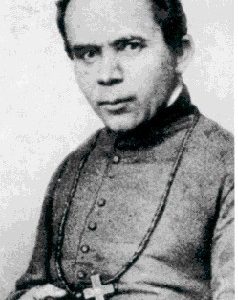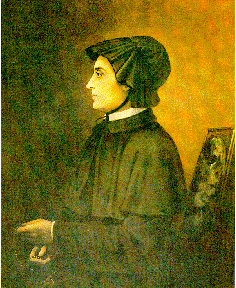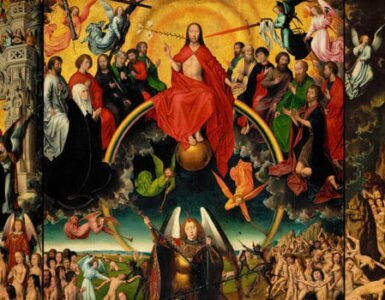It is said that St. Saturninus (Saturnin) was one of the most illustrious martyrs France has given to the Church. Among other distinctions, he served as the first bishop of Toulouse. Apparently his fervent preaching brought about many conversions — so many, in fact, that he soon had a church. To reach the church he had to pass before the capitol and its temple, where the pagan priests felt his frequent passing was silencing their oracles.
One day they seized him, and on his unshakable refusal to sacrifice to idols, they condemned him to being tied by the feet to a bull which dragged him about the town until the rope broke. Two Christian women piously gathered up the remains and buried them in a deep ditch, that they might not be profaned by the pagans. His successors, Sts. Hilary and Exuperius, gave him a more honorable burial. A church was erected where the bull stopped. It still exists, and is called the Church of the Taur (the bull).
The body of the saint was transferred at an early date and is still preserved in the Church of St. Sernin (or Saturninus), one of the most ancient and beautiful of Southern France. His cult spread widely abroad. The account of his writings, known as his “Acts,” was embellished with several details, and legends linked his name with the beginning of the churches of Eauze, Auch, Pamplona, and Amiens, but these are without historic foundation.









